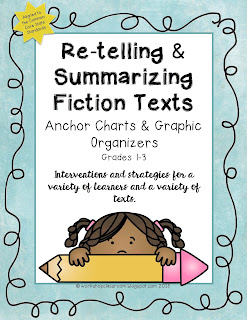| Clip art courtesy of Paula Kim Studio |
During my intervention groups, I often have to *encourage* my little friends to practice applying the same strategy multiple times so that eventually they internalize it and it becomes one of their natural reading habits.
So, one of my smart third graders was getting tired of writing the same type of sticky note every 2-3 pages of his reading:
I totally understood his stance and certainly didn't want to kill his interest in the text. However, after multiple conversations of him not remembering what he read, just moving his eyes back and forth over a sea of words, I needed him to purposely (and purposefully) stop and think about what he read so he could actually dive into the text. Ergo, the stopping and thinking every couple of pages.
Unfortunately, he still needed convincing that this strategy was a tool that he wanted in his toolkit.
Fair enough. So I told him that this was level 1 of his favorite video game. His head tilted slightly, and his eyes said, "Go on."
From my distant memories of playing Mario Brothers on the original Nintendo, I knew that I had to pass level 1 (the turtle, getting power, going down the sewer...good times) in order to get closer to the prize. My little friend plays a lot of video games, so he definitely knows about level 1.
I continued, "Level 1 in reading is understanding what you're reading, being able to say who is in that part and what is happening with that character. You can't do level 2 sticky notes (predictions, character feelings, questioning, etc.) unless you can do level 1 well.
 |
To be continued...



No comments:
Post a Comment